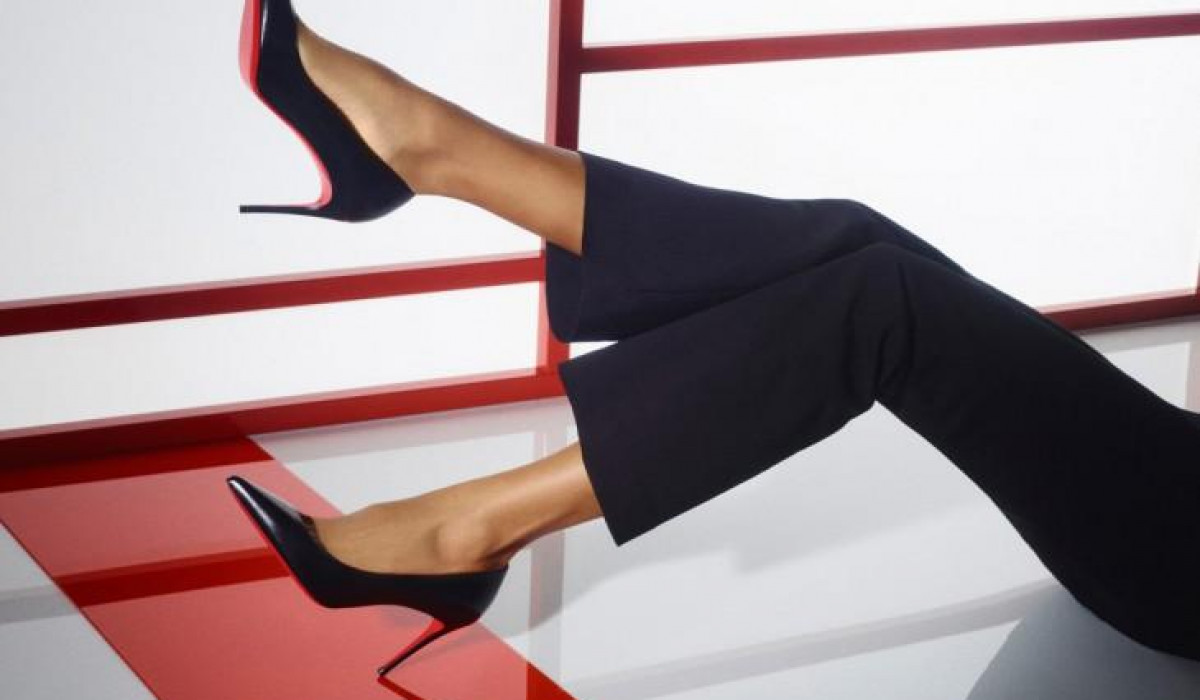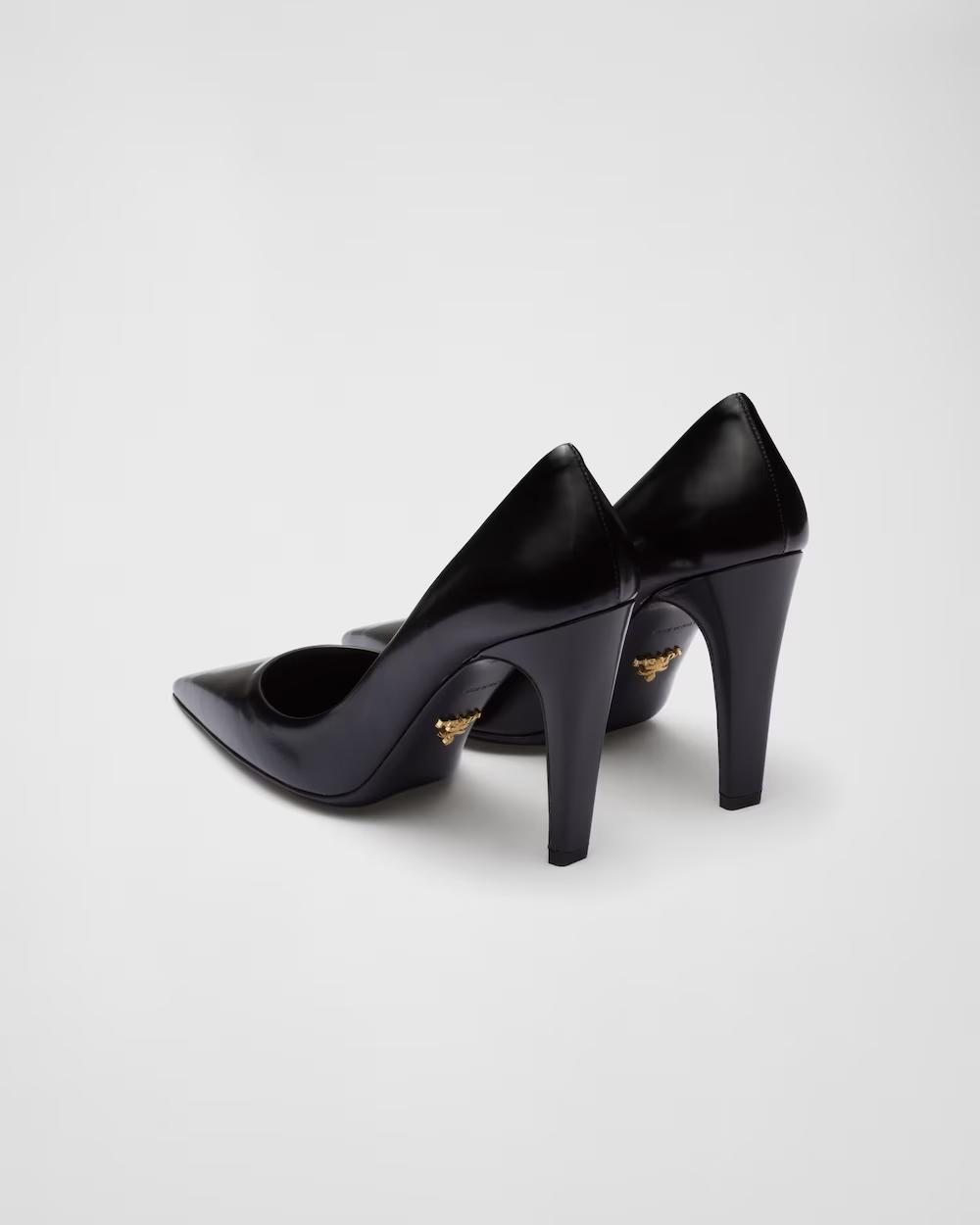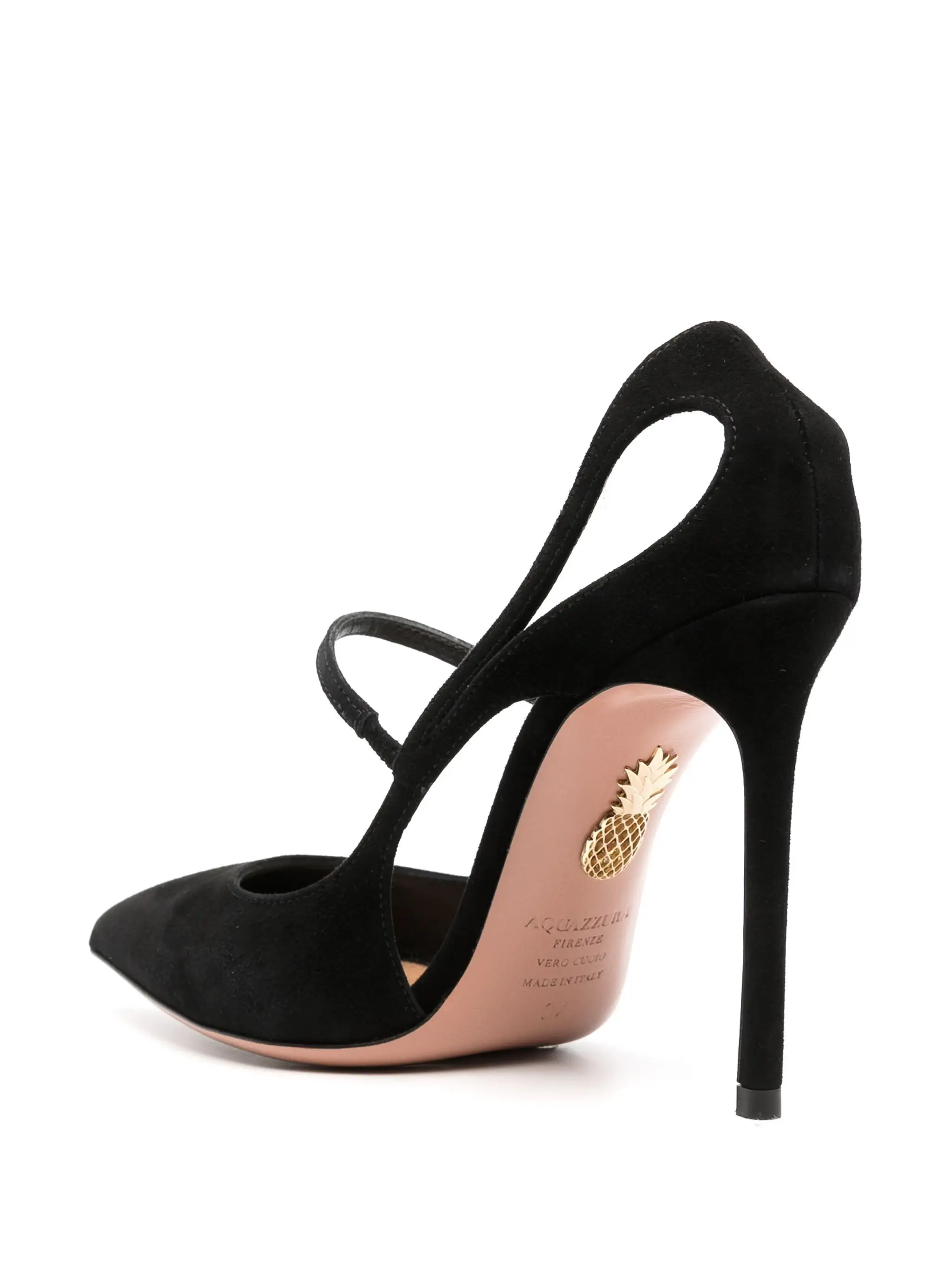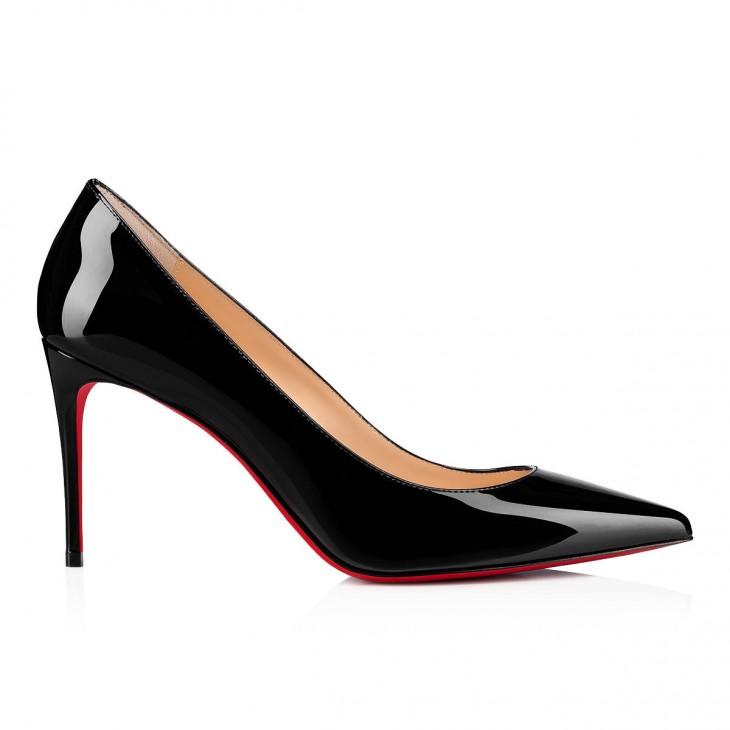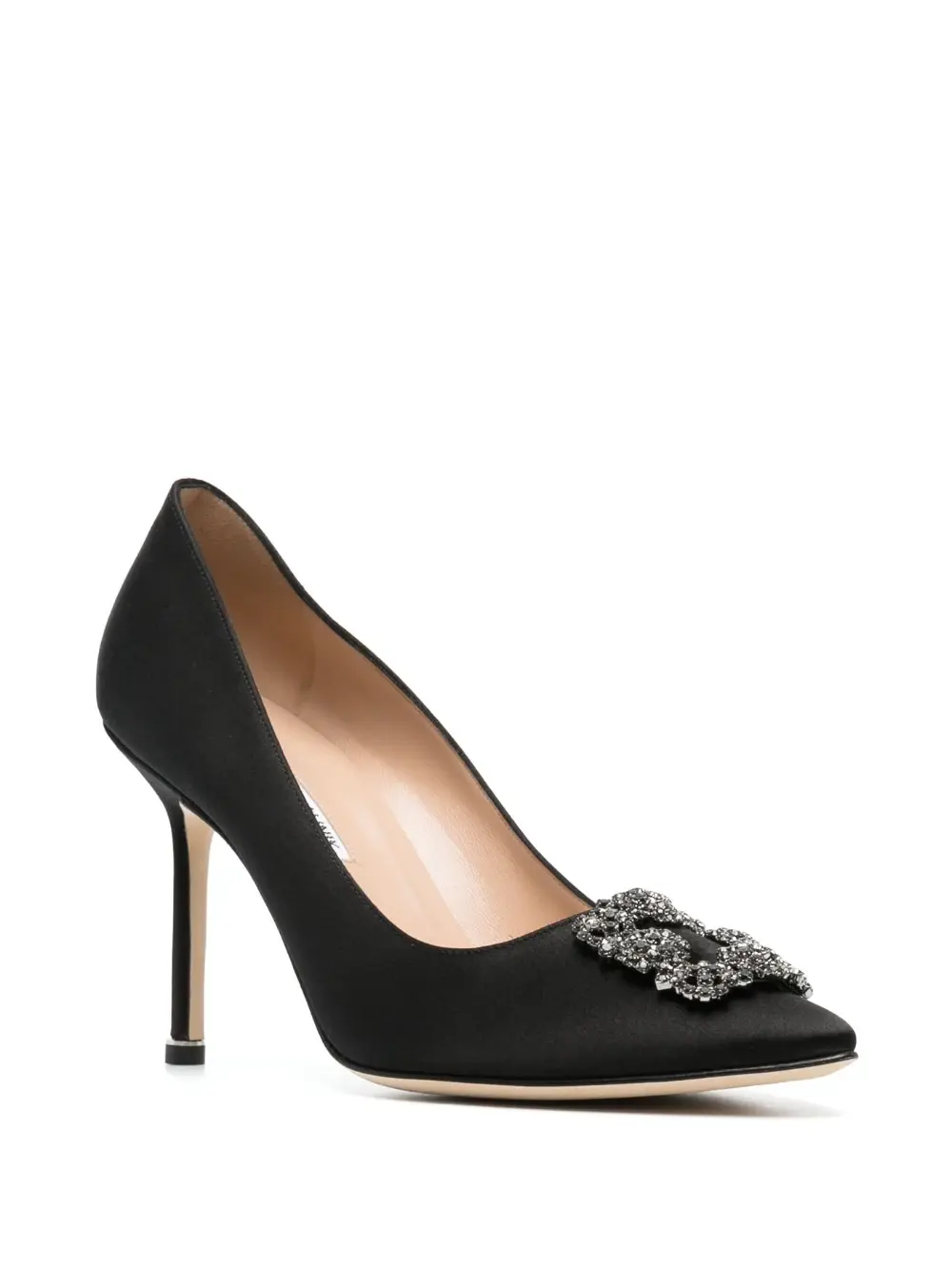Best in Show: Top-5 Classic Heels
- Posted by: angeli.krohmal
Today, we can't imagine a woman who hasn't worn heeled shoes at least once in her life. This amazing invention has a lot of incredible stories on the way of its formation and development as one of the main jewels of women's feet. Heeled shoes have been a lifelong creation for many great fashion creators. How did people manage to invent such a design and for what purpose? Why were heels originally dedicated to men? And what kind of shoes should we have in our closet today?
Ancient world
The exact date of the origin of the heel does not know reliably no one. According to some sources, the heel appeared around the same time in ancient Egypt and Greece and had a very different purpose than it does today. Like many items in ancient civilizations, heels were originally used not for beauty at all. It was a functional item. There are several purposes for the use of heels by ancient people - entertaining, working and one more general. Egyptians used the first semblance of a heel for agrarian work, so it was easier to labor and walk on plowing.
In Greece, shoes with the first platform appeared - they were used in the theater. Actors wore such shoes to increase their height so that they could be seen better from the stage.
Another similar device was found in the territories that used to be Persia. Historians believe that shoes with an attached heel were used by riders to better keep their feet in the first stirrups.

In general, all over the world, oddball varieties of such shoes could be found in one state or another and in kingdoms. In Japan and the Orient, huge platforms were favored over a separate heel. They were made from solid pieces of wood and were even less comfortable than the European versions. Although in Japan and China, wooden "slippers" on two rather high partitions were known as early as the 8th century.
An interesting fact is that such innovations in fashion became popular both among the highest estates and royal families, and among representatives of "unworthy" professions. For example, in Venice, courtesans adorned themselves with incredibly high shoes, in which it was impossible to move without the help of servants.
Middle Ages
The first heeled shoe was demonstrated by Queen Catherine de Medici of France in 1533 at her own wedding. The young bride was a foreigner, a Florentine duchess, and in order to impress the sophisticated French royal court, she ordered from an Italian craftsman shoes with a very high heel (historians speak of a height of about 10 centimeters). In addition, Catherine was of short stature - this was the first time in history that a woman wished to improve her beauty with shoes.
In the same period, the then English Queen Mary Tudor introduced such shoes into fashion - England and France have been competing with each other in everything for centuries.

However, the height of popularity of heeled shoes came during the reign of Louis XIV - he can be called one of the first fashionistas of medieval France: along with great political deeds and the rise of the kingdom, France acquired the status of trendsetters during his reign. Louis was also not distinguished by his tall stature, and therefore enjoyed ordering himself outlandish at that time shoes with heels. This innovation was followed by the entire royal court, and initially this element of the closet was allowed only for men, military personnel over time also appreciated the convenience of such shoes. Soon French ladies began to wear elegant shoes. With the onset of the Rococo era during the reign of Louis' great-grandson and the influence of his favorite Marquise de Pompadour, heels in general became an integral part of the fashionable closet. By the way, shoe manufacturing was not perfected at that time - in those centuries, lasts were the same, sizes were not adjusted exactly, and body weight was not distributed correctly.
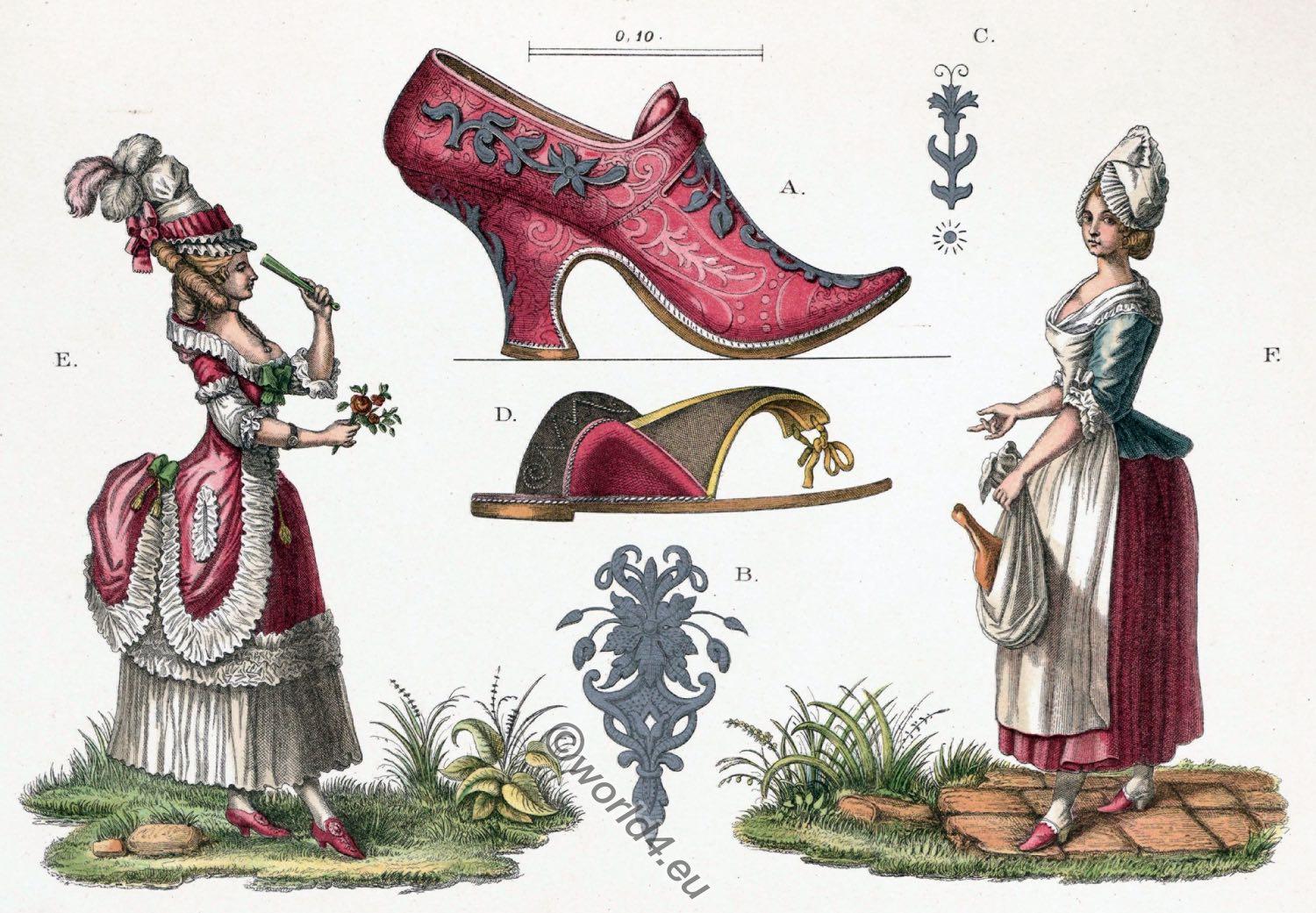
The 17th century was a bright period in the development of heeled shoes. Such shoes were still worn by both men and women, and the heels were often about 7 centimeters high. The difficulty was that shoes for different feet did not begin to be made until the end of this century, and this was a great relief. Before lasts began to be divided into right and left feet, heeled shoes were more of a torment in a practical sense, although very attractive in appearance. Shoes for the nobility were decorated with incredible embroideries, sewn huge bows and brooches, used the best fabrics - brocade, silk and others, and soft leather, and the heel itself was painted in red or covered with red cloth as a sign of belonging to the nobility. In those days, the shape of the heel was quite curved and not very thin to visually reduce the size of the foot. It was nicknamed "bird's foot".
The height of the heel was strictly regulated - the nobler the aristocrat, the greater his fortune, the higher he could afford heels.
In the 18th century, the art of footwear reached its peak - heeled shoes looked like an art object rather than a closet item. A heel height of 10-12 cm was already the standard, and the lasts were getting narrower and narrower. The heel itself was given a lot of attention: a variety of shapes were made, heels were abundantly decorated with jewelry. The elongated pointed toes and the abundance of decorations in general prevented normal walking. And such a technical detail as an arch supporter was out of the question. By this time, men had almost completely abandoned such shoes, so they became a female privilege.
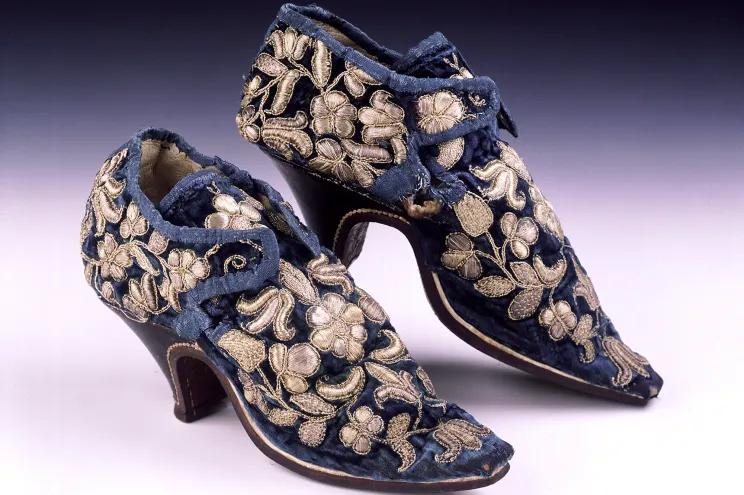
But in the next century, the fashion for such undeniably beautiful but uncomfortable shoes began to fade. Women began to invent other models that were more practical and comfortable. There came a more conservative and restrained era, during which the Church increasingly insisted on abstinence and proclaimed such excesses as the work of evil forces and vice. During this period, skillful dancing became an obligatory skill for noble women, so comfortable shoes that promoted grace came in handy.
Around the middle of the century, the fashion for the heel partially returned. A special type of "kitten heel" was invented, which made a real furor and became the most popular for more than half a century. By the way, today this type of heel is also in fashion, so if you are not a fan of high stiletto, but want to have a feminine pair of shoes for special occasions, we recommend looking at such models.
The 20th century was the most rapid in the development of technology and industrialization and this process did not bypass the fashion industry, and shoes with heels in particular. It was in the last century that the technical nuances of shoe manufacturing became fundamental to quality. Insoles and lasts began to be made in accordance with the invented size guide. Fashion, with the founding of various great brands, also began to offer a variety of types of heels, height, thickness and shape varied to infinity. In addition, heels, as once in the Middle Ages, equipped not only shoes. At the beginning of the century lace-up knee-high boots were invented. A variety of boots and booties were also becoming popular. The final prototype of the modern stiletto heel was formed around the end of the 30s. At that time, already quite famous shoe maker Salvatore Ferragamo set a goal to create the perfect women's shoes with a heel and conducted a lot of experiments. Initially, he invented a shoe on a wedge heel, which was the result of production shortages, rather than the desire for innovation. A little later, when this model became quite popular, Salvatore experimented further - eventually he introduced square and wedge heels.

It was Christian Dior himself who made the delicate and graceful stiletto famous. It was he who in the 50s created the first elite collection of shoes on magnificent stilettos. Together with his iconic new look fashion images, an incredible wave of desire to own such shoes swept the world.
Today almost every woman has at least one pair of stiletto shoes in her closet. It seems that fashion will never cancel this magnificent, although not always the most comfortable shoes - after all, what can be more elegant than a delicate woman's foot in stiletto shoes!
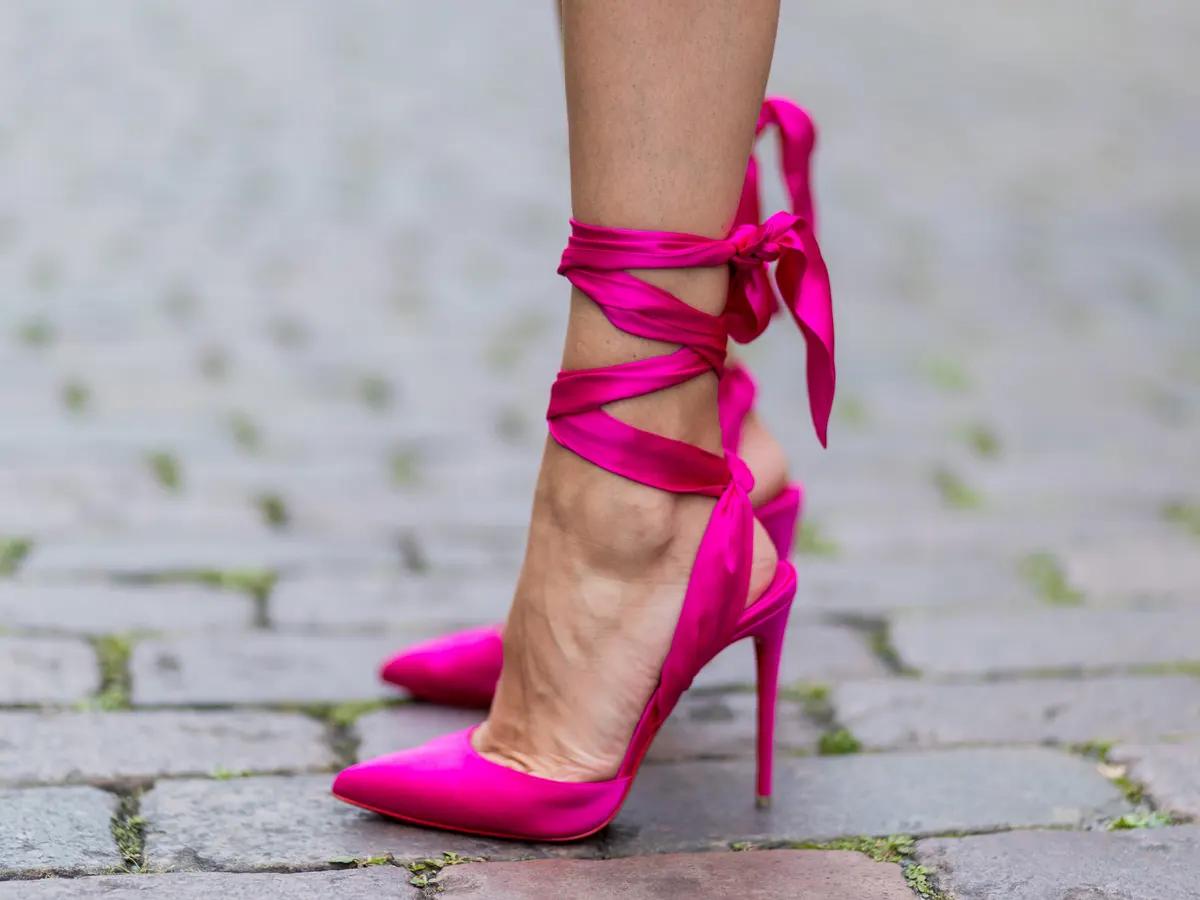
High heel shoes are one of the oldest inventions of mankind, previously used for practical purposes. Nowadays, this type of footwear has largely migrated to the women's wardrobe and has become a part and parcel of both everyday wear and for big arrangements. A thin stiletto is a marker of sophistication, femininity and elegance, such a lady is seen from afar and her gait attracts the eye.
We have selected the most universal and recognizable models, which are the benchmarks and will fit most of your fashion looks.
Whatever your choice in materials, brands and heel height is, if you're wearing classic stiletto shoes, it already guarantees you success and inspiration. Boost your wardrobe with high profile and your feet with another dose of elegance.




